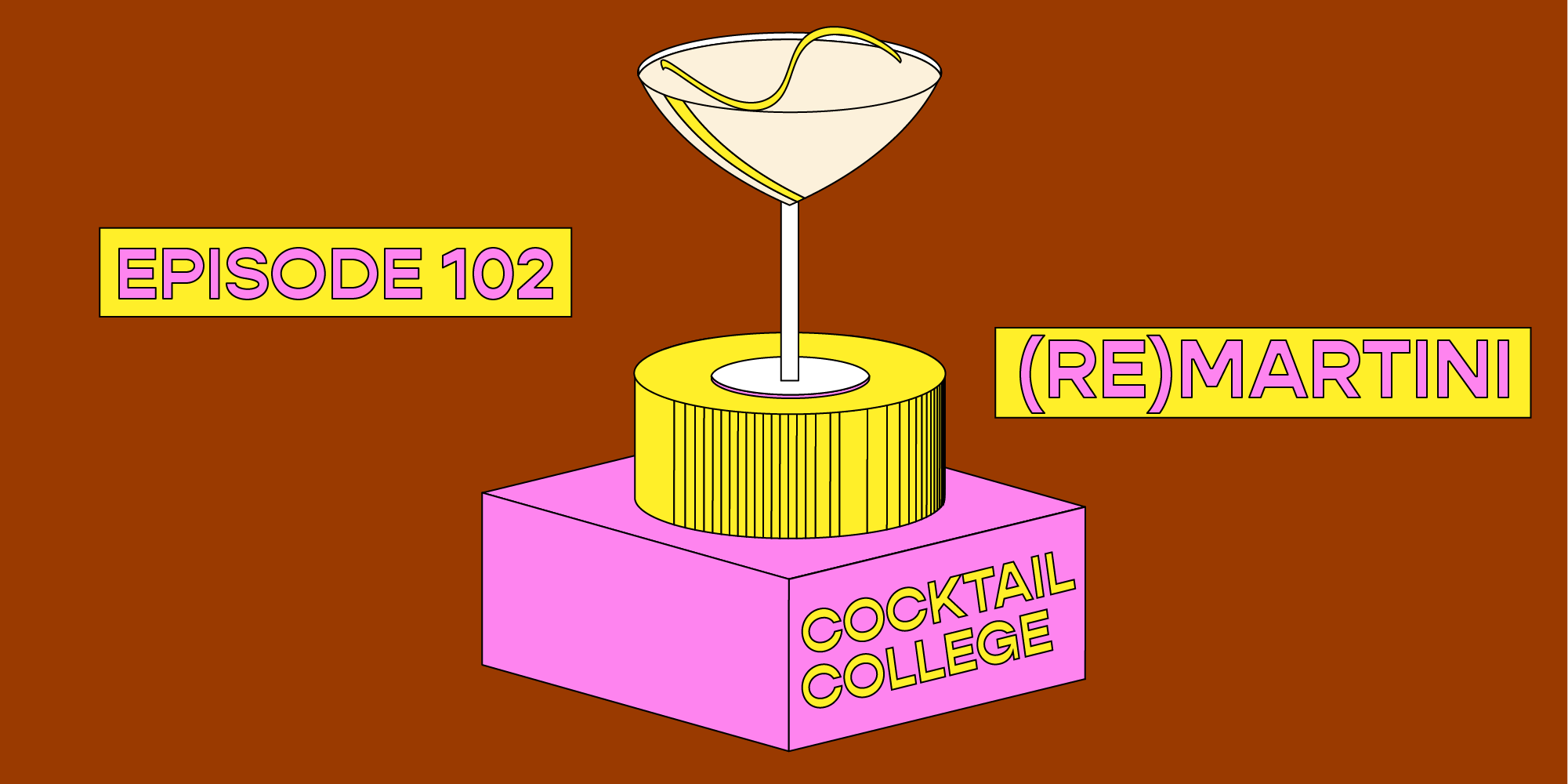American bar goers have been enjoying Martinis since the nation was in its infancy. However, for a long time, the drink’s definition was far from concrete. Its identity crisis spawned a number of tweaks under a myriad of “Martin” monikers like the Martinez and the Martina. In the late 1800s, the then “Manhattan riff” had an all-too nebulous spec.
Bartenders in New York were making them with whiskey, but folks in Chicago were making them with gin and vermouth — albeit sweet vermouth and Old Tom gin. Cocktail books weren’t really a thing at the time, either, so these recipes got passed around through word of mouth and a loose game of telephone with ingredients and ratios changing constantly. Most of it simply came down to what spirits were available (and affordable) on the American market during any given decade. Then, thanks to immigration, vermouth came over from France and Italy, and by the 1880s, London Dry gin began to push Old Tom gin out of favor. About 10 years later, Spanish imports blessed the nation with olives, further expanding the Martini ingredient repertoire.
Regardless of exact ingredients and ratios, the Martini remains an extremely malleable drink to this day. Unlike its sibling, the Manhattan, a 15-to-1 Gin Martini will still yield a drinkable cocktail. That said, the proper spec has been up for debate since the drink’s inception, but as time goes on, that conversation has grown increasingly moot. The Martini template has little patience for purists, and as




